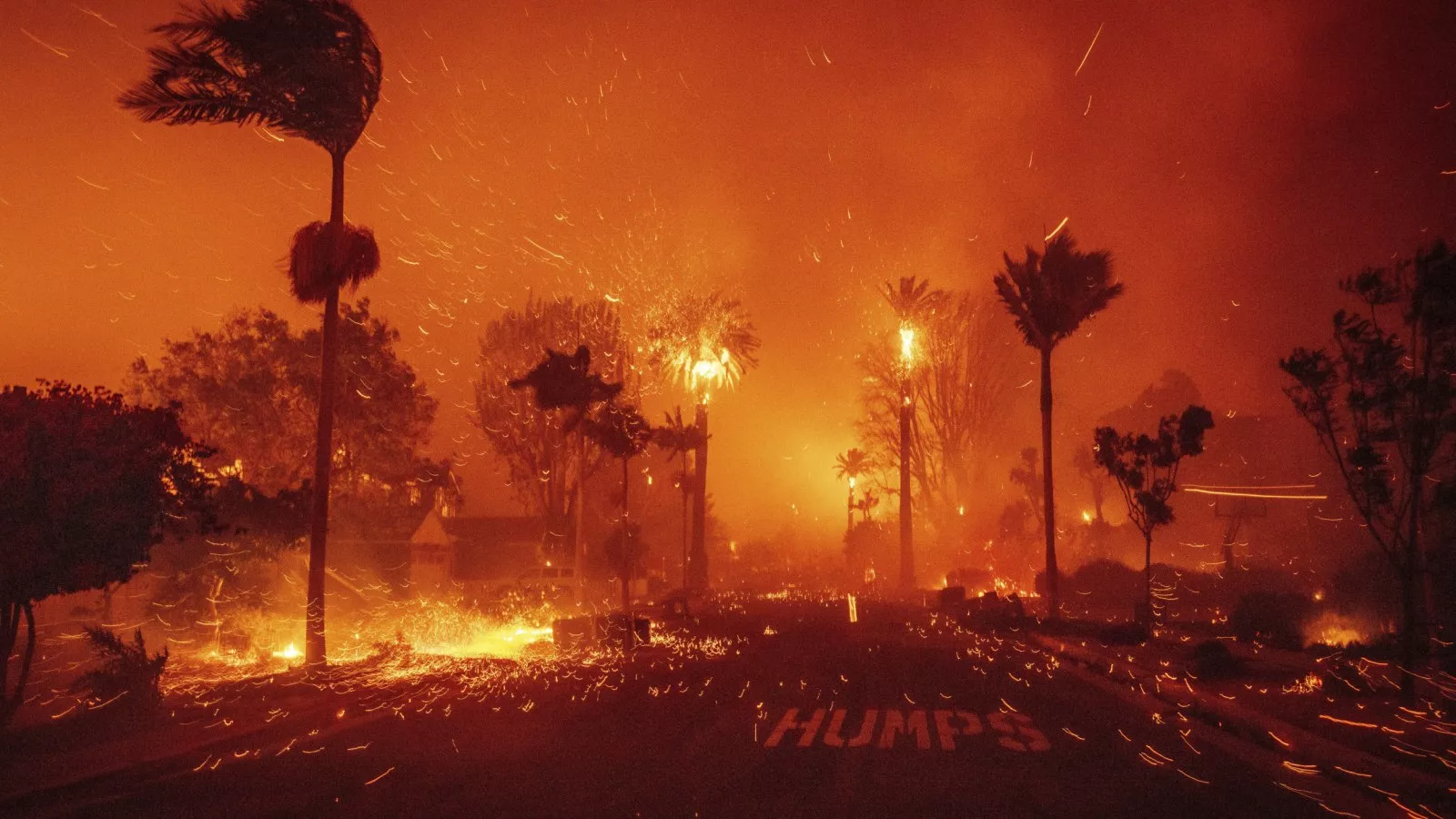Malibu's Elite in Ashes: Celebrities' Luxe Homes Razed by Devastating Pacific Palisades Inferno

A massive wildfire erupted in the scenic Pacific Palisades neighborhood of Los Angeles on Tuesday, prompting an urgent evacuation order for over 30,000 residents. The rapidly spreading blaze has put numerous homes in immediate danger, creating a tense and potentially devastating situation for the community.
Local authorities swiftly issued mandatory evacuation notices, urging residents to prioritize their safety and quickly leave the threatened area. The scale of the evacuation underscores the severity of the wildfire and the potential risk to life and property in this affluent coastal neighborhood.
As firefighters battle the intense flames and work to contain the wildfire, residents are left anxiously waiting to learn the fate of their homes and community. The incident serves as a stark reminder of the increasing wildfire risks facing California, particularly during the dry and hot summer months.

